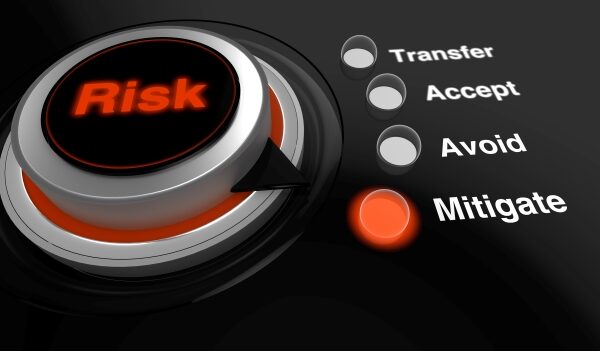
Key takeaways from the 2020 H2 Life Sciences Treasurers’ Peer Group meeting sponsored by Societe Generale.
By Joseph Neu
A halo effect from the business we are in. In an exchange on ESG-related financing and ESG scores, our life sciences treasurers noted that sustaining life is core to their business; hence, sustainability is part of their companies’ DNA. Why then should they need to issue a green bond or execute some other sort of sustainability-linked financing to earn a so-called ESG halo effect?
- In comparison to the ESG impact of the underlying business, if correctly measured, a financing instrument should not be required to create a halo. Instead, treasurers should look to have the business better reflected in ESG ratings to get full access to ESG-mandated investors.
Risk transfer transformation needed. The insurance renewal market coming out of the Covid-19 crisis points to the continued need for risk transfer transformation. At a time when life science firms are being encouraged to move fast and break us out of a pandemic, insurers are seeing risk, so they are taking a pound of flesh in premium.
- Treasurers are left wondering how much of this is their own product or liability risk and how much of it is insurers recouping losses on their investment portfolios. Traditional insurance is overripe for transformation and it’s a matter of when, not if.
Transaction shop-talk. Treasurers love to share and learn from each other’s funding transaction experience, be it a bank loan, convertible or bond deal.
- Akin to a morbidity and mortality conference in the medical profession, life sciences treasurers benefit from identifying adverse outcomes from financings to exchange with peers, yet they are even more inclined to share what went well to secure needed funding.


